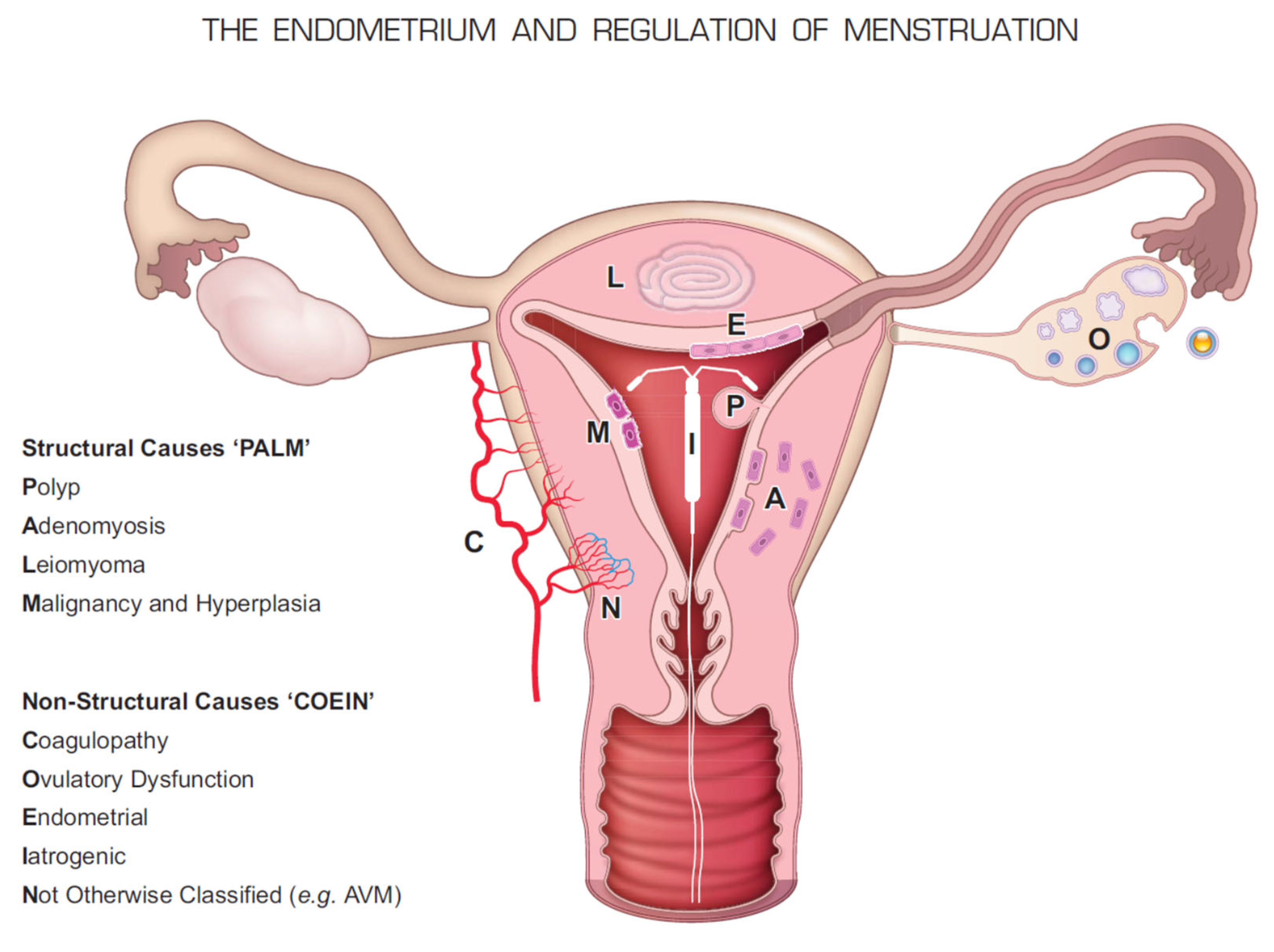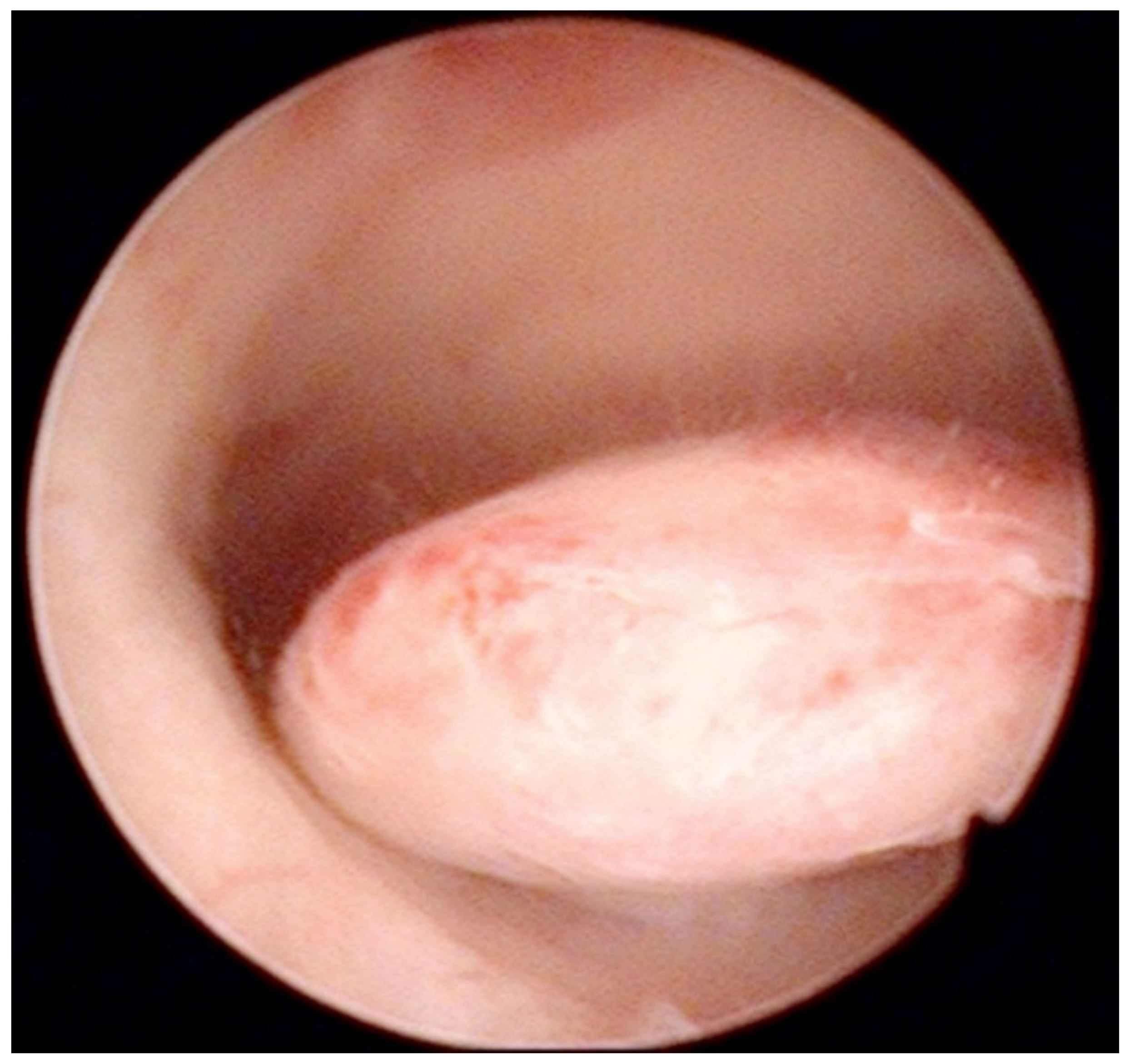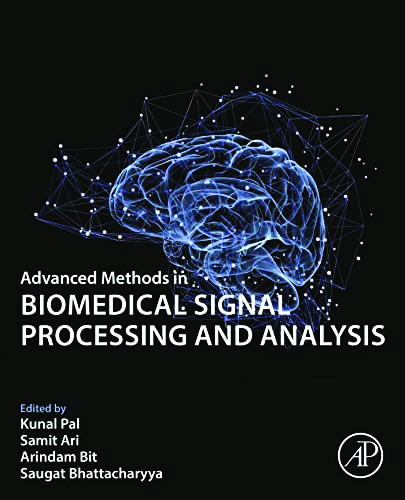Pictorial methods to assess heavy menstrual bleeding in research and clinical practice: a systematic literature review, BMC Women's Health
4.7 (466) · $ 8.99 · In stock

Background Pictorial blood loss assessment charts (PBACs) represent the most widely used method to assess menstrual blood loss (MBL) in clinical trials. The aims of this review were to: (1) determine the diagnostic accuracy of PBACs that have been validated against the reference alkaline hematin technique; (2) categorize the pitfalls of using obsolete and nonvalidated charts; (3) provide guidelines for development of a new PBAC or use of an existing chart to measure MBL in clinical trials; and (4) consider the feasibility of using pictorial charts in primary care. Methods A literature review was conducted using Embase and MEDLINE databases. The review identified reports of women with self-perceived or actual heavy menstrual bleeding (HMB), bleeding disorders, abnormal uterine bleeding, leiomyomata (uterine fibroids) or endometriosis, and women undergoing treatment for HMB, as well as those with normal menstrual periods. Data were reviewed from studies that focused on the development and validation of PBACs and from those that used derivative noncertified charts to assess HMB. Results Nine studies reported validation of PBAC scoring systems against the alkaline hematin technique. Across these studies, the sensitivity was 58–97%, the specificity was 7.5–95.5%, the positive and negative likelihood ratios were 1.1–13.8 and 0.14–0.56, respectively, and the diagnostic odds ratio was 2.6–52.4. The cut-off score above which the diagnosis of HMB was made ranged from 50 to 185. Several modifications of these PBACs were used in other studies; however, objective confirmation of their validity was not reported. Overall, there was widespread inconsistency of chart design, scoring systems, diagnostic cut-off limits and post-treatment outcome measures. Conclusions PBACs are best suited to the controlled and specific environment of clinical studies, where clinical outcome parameters are defined. The current lack of standardization precludes widespread use of the PBAC in primary care. Review registration number PROSPERO international prospective register of systematic reviews: CRD42016030083.

Pictorial methods to assess heavy menstrual bleeding in research and clinical practice: a systematic literature review, BMC Women's Health

More than blood: app-tracking reveals variability in heavy menstrual bleeding construct, BMC Women's Health

Determinants and Assessment of Menstrual Blood Flow

JCM, Free Full-Text

Diagnostics, Free Full-Text

Pictorial blood assessment chart and scoring system for assessment of

Study Reveals Best Period Products for Heavy Flow - Period Nirvana

Endometrial Stem Cells: Orchestrating Dynamic Regeneration of Endometrium and Their Implications in Diverse Endometrial Disorders

Évaluer l'abondance de ses règles – Anti-Dr. Knock

Advanced Methods in Biomedical Signal Processing and Analysis 0323859550, 9780323859554

Validation of the Menstrual Pictogram in Women With Leiomyomata Associated With Heavy Menstrual Bleeding

Frontiers Detection and management of postpartum haemorrhage: Qualitative evidence on healthcare providers' knowledge and practices in Kenya, Nigeria, and South Africa







